Get PeakVisor App
Sign In
Search by GPS coordinates
- Latitude
- ° ' ''
- Longitude
- ° ' ''
- Units of Length

Yes
Cancel
Share ×

Scan the QR code and open PeakVisor on your phone
❤ Wishlist ×
Choose
Delete
Santa Cruz de Tenerife is a historic port city on the coast of the island of Tenerife, on the Atlantic Ocean off the coast of Morocco. The city is one of two capitals, the other being Las Palmas de Gran Canaria. It’s a destination in and of itself, but it’s better known as a gateway to the Island of Tenerife.
The largest of Spain’s Canary Islands, Tenerife is known for its rugged topography, formed over millions of years of ongoing volcanic activity. Stark contrasts highlight the island. There are 1158 named mountains, multi-million-year-old volcanic formations, incomparably steep coastlines, and ancient forests populated by mythical, old-growth laurel trees. Tenerife’s landscape is dominated by its tallest and most prominent peak, Mount Teide, an active volcano that rises 3,715 m (12,188 ft) above sea level. Teide is the highest point in Spain and is visible from just about every part of the island.
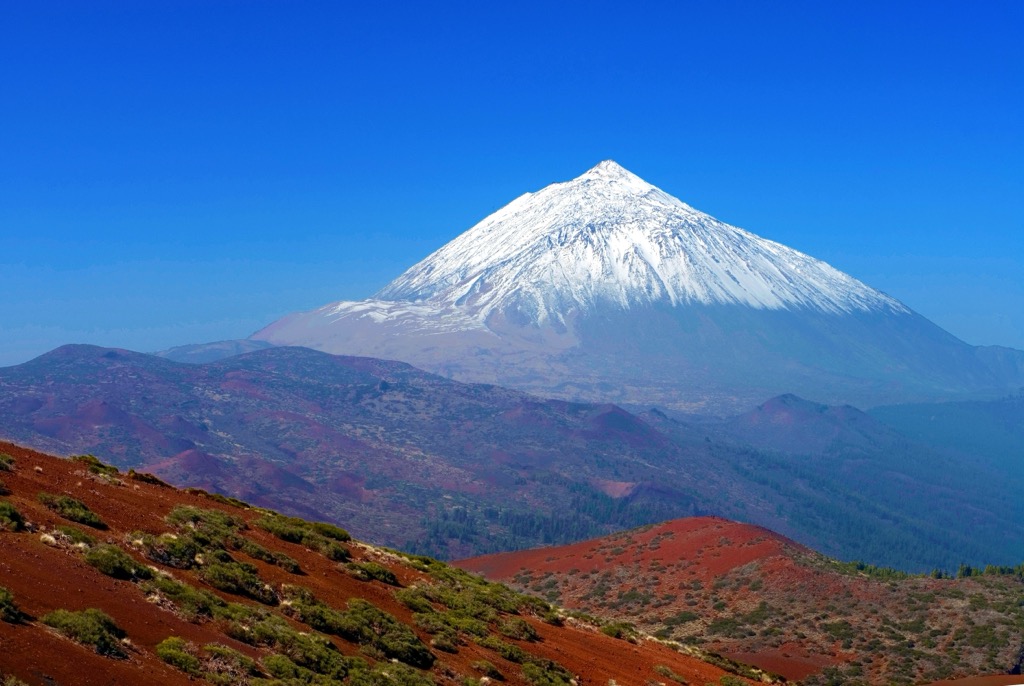
Tenerife is located in the Atlantic Ocean, just north of the tropic of Cancer. It is approximately 300 km / 186 mi from the southern coast of Morocco and 250 km / 155 mi from Western Sahara.
The island’s coordinates are latitude: 28.27° N and longitude: 16.60° W. At 2,034 sq km / 785 sq mi, Tenerife is the largest of the 8 Canary Islands in the archipelago. For reference, its size is comparable to Maui, Hawaii, Greater London, UK or Luxembourg.
Despite its proximity to Africa and great distance (1,000 km / 621 m) from its mainland, Tenerife is a territory of Spain and part of the European Union.
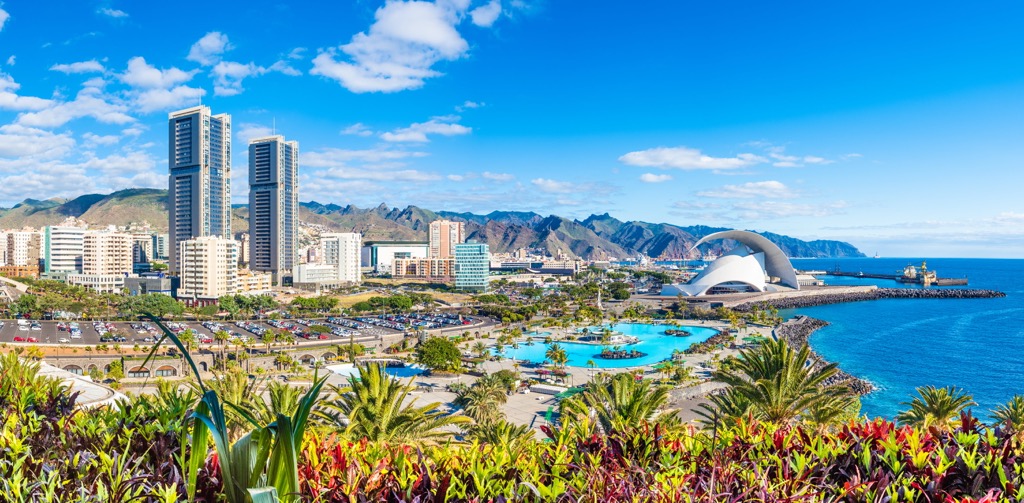
While all of the Canary Islands, including Tenerife, are subject to EU laws, due to their unique location, they are further classified as an “Outermost Region” (OR) and not subjected to the standard EU Value Added Tax (VAT). Instead, the Canary Islands have their own local tax system, called GIC (Impuesto General Indirecto Canario). In essence, Tenerife benefits from lower tax rates that help the island compete more effectively in the global economy.
Tenerife is home to about 970,000 people, and a large percentage of those folks reside in major cities. Many locals live in the bustling port of Santa Cruz de Tenerife, which has a population of over 200,000 as of the latest census estimates.
Each year, more than 6 million tourists visit the island. Europeans, in particular, are drawn to the island for its natural beauty and volcanic scenery, as well as warm weather, excellent surfing, and world-class beaches. At just 4-5 hours, it’s also an easy direct flight from major cities like Rome and Milan.
Many tourists are simply looking for a lazy, affordable, sunny beach vacation at a luxury resort. On the other hand, just as many visitors, if not more, are here to enjoy a more rustic, budget-friendly, adventure-filled getaway, complete with high alpine hiking and big wave surfing. Maybe even some kiteboarding lessons to keep things interesting. Take your pick. Or maybe try a little of each.
It may be a small island, but Teneride packs plenty into its limited acreage. The island can be divided into five distinct regions, each with its own climate, culture, and geography.
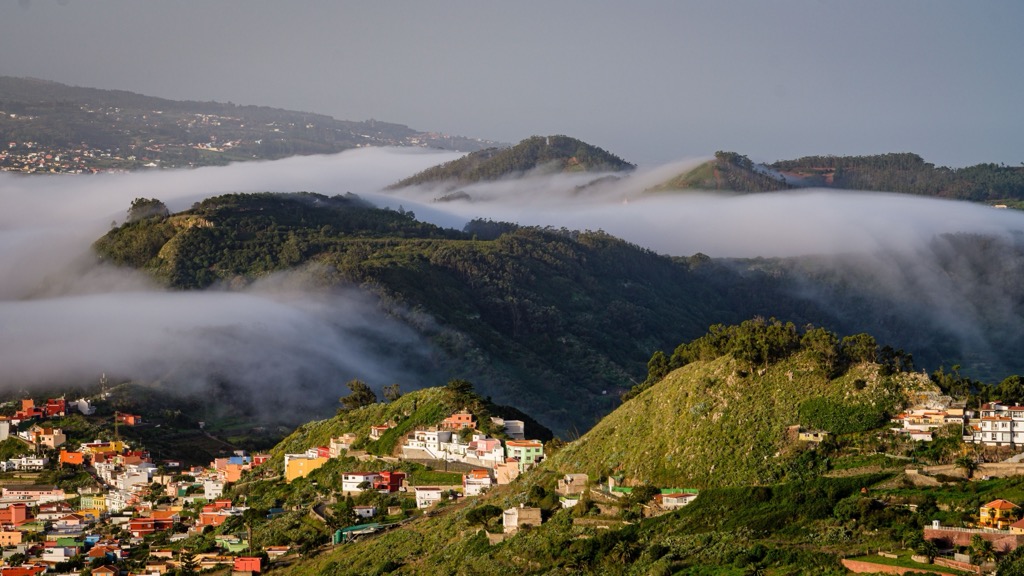
Thanks to the trade winds, which blow east to west and are prominent throughout the equatorial region, northern Tenerife tends to have cooler temperatures and more humidity than the rest of the island.
The fertile climate is ideal for agriculture, and local crops include bananas, avocados, wine grapes, citrus, mangoes, and papaya, all of which thrive in the mineral-rich volcanic soil.
In coastal areas of the north, the region’s volcanic history is on full display, with black sandy beaches, lava domes, calderas, and other incredible formations carving out an otherworldly landscape.
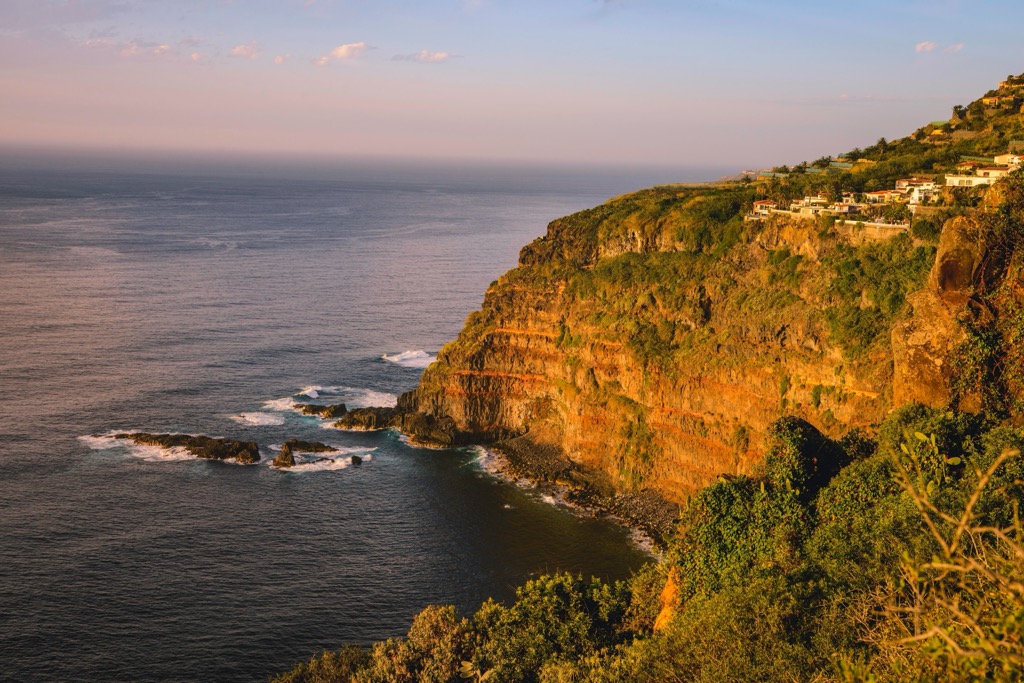
The rough seas of the Atlantic Ocean provide adventurous visitors to north Tenerife with outstanding surfing, stand-up paddle boarding (SUP), and sea kayaking.
Be careful. Due to the strong currents of the Atlantic Ocean, visitors are urged to exercise extreme caution at all times.
Further inland, the geography of Northern Tenerife is more mountainous, and the rugged terrain and extensive trail network make it a favorite hiking destination.
Known for its semi-arid climate, South Tenerife is warm, dry, and sunny almost year-round.
One of the most popular tourist beaches on the island in the region, Playa de Las Teresitas, is known for its calm, shallow, turquoise blue waters, made possible by an extensive artificial breakwater.
What really sets this beach apart, though, is the golden yellow sand, which is not local but rather was imported from the Sahara Desert in the 1970s to boost tourism along the southern part of the island.
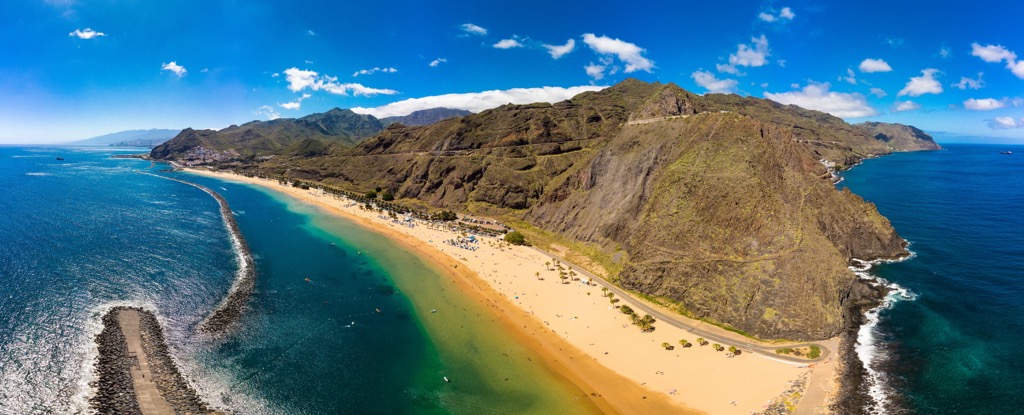
Popular with families, thanks to the calm waters, many tourists come here for tropical drinks, sunbathing, and swimming.
For those feeling a bit more adventurous, the area's consistently strong coastal winds make the location ideal for wind sports, like windsurfing and kite surfing. If you are confident in your skills, the local favorite spot for wind sports in the south is El Medano, which is not far from the airport.
Central Tenerife is a must-visit for anyone searching for raw, natural beauty largely unmarred by the hands of man. Between Mount Teide, the tallest summit in Spain, and the Cañadas Caldera, a 170 square km / 65 sq elliptical depression, the vertical relief in this zone is second to none.
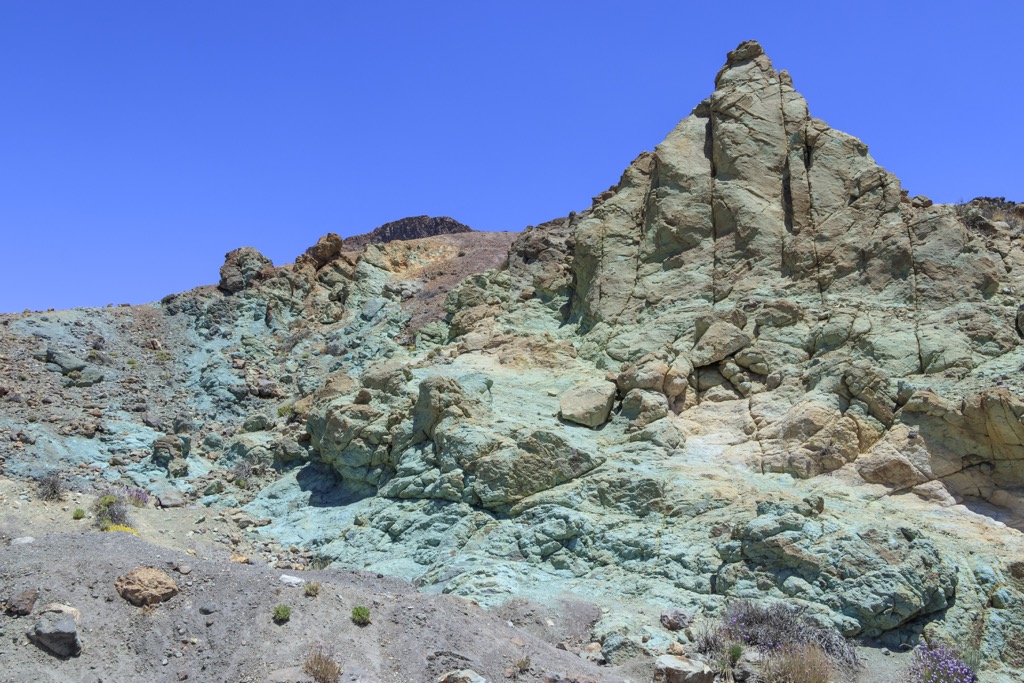
The island's center is also one of the best places to experience cooler temperatures, which sometimes fall below freezing, especially at higher altitudes. If you happen to visit during the winter months, there’s a good chance you could even experience snow in the high alpine terrain of Teide National Park, a wild experience in itself.
If you’ve ever wanted to make powder turns on an active volcano, don’t forget to pack your ski gear. Entirely above treeline, Teide Ski resort has 20 sq km / 7 sq mi of slopes, four ski lifts, and a gondola, with a variety of terrain perfect for first-timers to expert life-long skiers looking to tick off a bucket-list achievement.
A region of unparalleled beauty and traditional culture, northeast Tenerife is home to the Island’s capital city of Santa Cruz de Tenerife. This cosmopolitan port city offers modern conveniences seamlessly intertwined with vibrant colonial sites, offering the perfect mix of traditional and modern life in the Canary Islands.

One of the many highlights of this zone is the Anaga Rural Park, a UNESCO Biosphere Reserve that spans nearly 14,500 hectares / 55 sq mi. The protected area is famous for its ancient old-growth laurel forests and traditional villages. Temperatures are generally mild all year round but due to the trade winds, it’s more cloudy and rainy than central and southern Tenerife.
While each region of Tenerife has its own unique character, the northwest region, in particular, has retained much of its traditional heritage. One example is the terraced farms where potatoes and tomatoes have been grown for thousands of years.
Due to the rain shadow, this part of the island receives approximately 73% of all precipitation. For adventurous explorers and lovers of nature, the basalt towers known as Los Gigantes rise 600 meters / 1968 ft out of the Atlantic Ocean, offering up some of the most memorable vistas in all of Spain.
These beaches and coastlines provide the perfect launching point for sea kayaking and snorkeling, while lovers of marine wildlife will want to book a whale or dolphin watching tour.
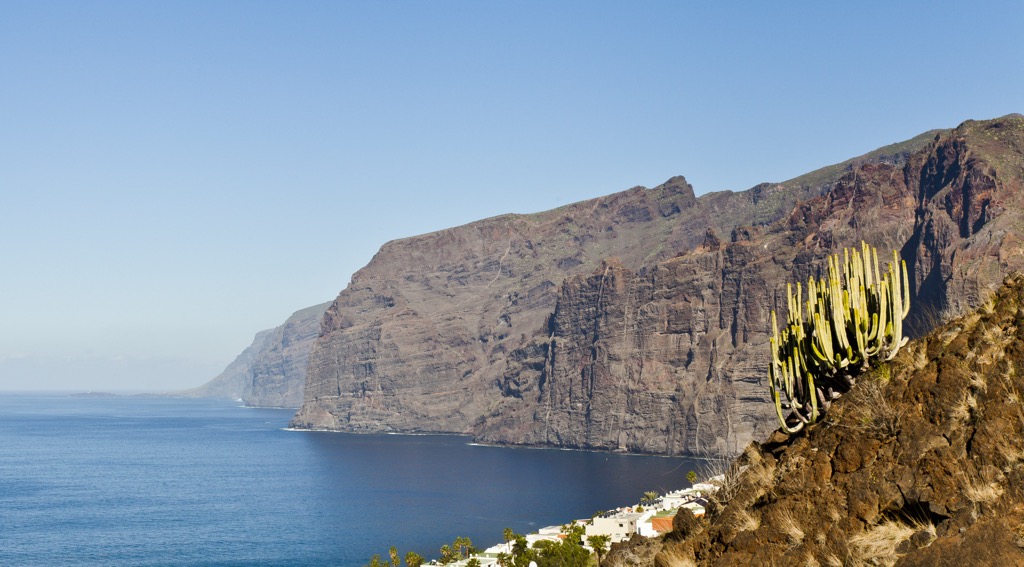
Despite its relatively small size, Tenerife’s terrain is incredibly varied, thanks to its volcanic history, proximity to the Tropic of Cancer, and impressive vertical relief, abruptly rising from sea level to alpine summits.
More than 12 million years ago, the island of Tenerife was born as a result of a series of increasingly violent volcanic activity deep beneath the Atlantic Ocean. The island as we know it today was formed when three ancient mountain ranges were fused approximately three million years ago.
The most recent volcanic activity occurred just over 100 years ago, in 1909, when the Chinyero vent last erupted, creating new formations and flows to the already fascinating and often grotesquely beautiful landscape.
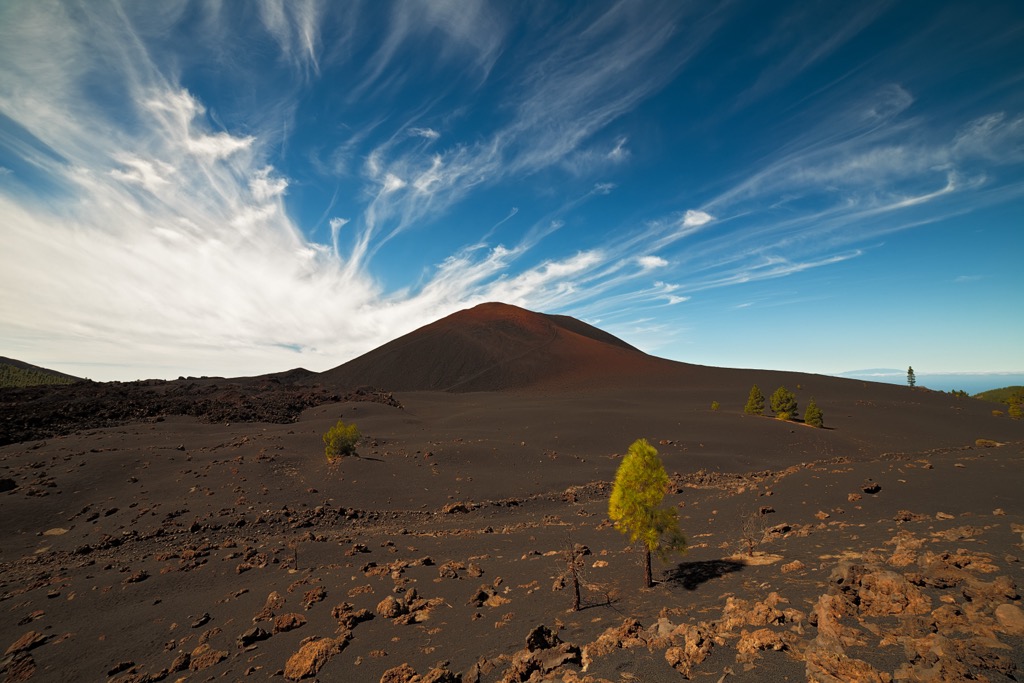
Volcanic terrain is responsible for much of Tenerife’s most iconic scenery:
Lava flows: Some of the most dramatic geologic formations on the island of Tenerife are the direct result of lava flows. The flowing lava's temperature, composition, and texture determine how the magma will appear when it cools. The most well-known lava flows on the island are Malpais de Guimar in Southeastern Tenerife, Malpais de la Rasca on the Southern coast, and Teide National Park in Central Tenerife.
Lava Tubes: Formed by flowing lava that cools on the surface but continues to flow underneath, carving an underground tunnel, lava tubes vary in size from tiny passages up to enormous tunnels that run for many miles.
Formed more than 27,000 years ago by basaltic lava flows from the Teide volcanic system, Cueva del Viento is one of the world’s most famous and longest lava tubes at over 18 km. For those interested in learning more, guided tours of the tubes are fascinating and well worth the price of admission.

Volcanic Cones: As the name suggests, volcanic cones are conical-shaped formations made of lava, sand, and ash that surround volcanic vents. They occur in various shapes, depending on the type of eruptions. One of Tenerife's most recently formed and unique volcanic cones is the cinder cone known as the Chinyero Volcano, created from the 1909 eruption and located in the middle of black lava fields.
Twisting Spires: Found primarily in Teide National Park, twisting spires must be seen with one's own eyes to fully appreciate. They can best be described as flowing lava that solidifies vertically before being sculpted by the powerful forces of wind and water over time.
Calderas: Much larger than a volcanic crater, a caldera is a massive depression formed by a volcanic eruption. One of the main characteristics of its formation is that it produces enormous amounts of magma, depleting the underground chamber and destroying the subterranean structure. One of the world’s largest is the Tenerife Caldera, which measures nearly 16k m / 9.9 mi in diameter and is estimated to be hundreds of thousands of years old, although historians heavily dispute that number.
Stretching roughly 342 km / 212 mi around the perimeter of Tenerife, the coast is one of the most popular ways to immerse oneself in the vast beauty of the island. From the all-natural volcanic black sand beaches of the north to the imported Saharan golden sand beaches of the south, rocky cliffs that rise thousands of feet straight out of the sea, and brimming natural pools that dot the coastlines, there’s a lifetime of adventures where the land meets the sea.
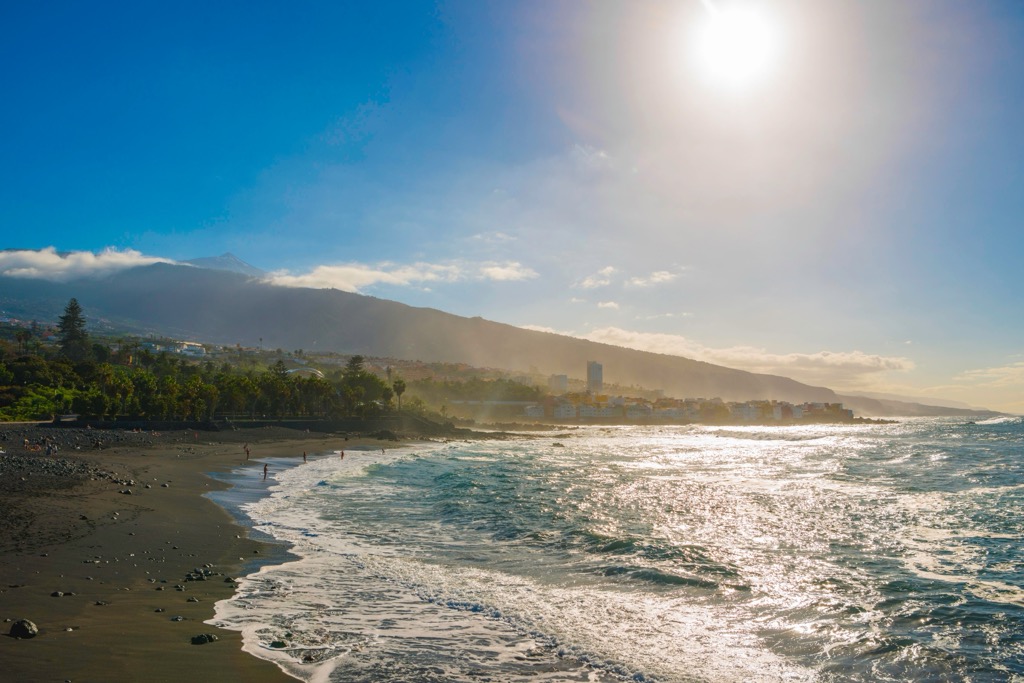
These jagged peaks in the island's northeast are home to some of the oldest volcanic formations on the archipelago. The region also holds the honor of having the highest concentration of endemic species in Europe.
Thanks to the Anaga region’s biodiversity, stunning landscape, and cultural significance, it was designated a Biosphere Reserve by the United Nations Educational, Scientific and Cultural Organization (UNESCO).
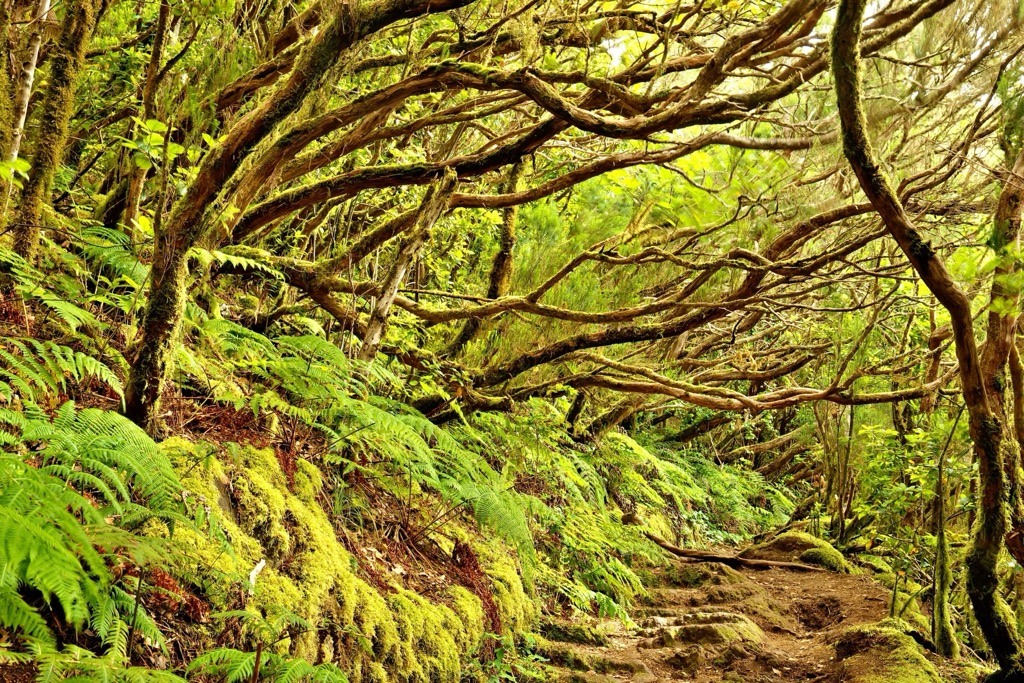
A protected area located in the far eastern part of the island, Teno Rural Park was once its own separate island. Millions of years ago, volcanic eruptions fused it to the main island of Tenerife.
An isolated area with steep ravines and rugged terrain, the Teno Mountains are almost entirely surrounded by the Atlantic Ocean, making for incredible hiking served by 13 different trails of varying difficulty and commitment level.
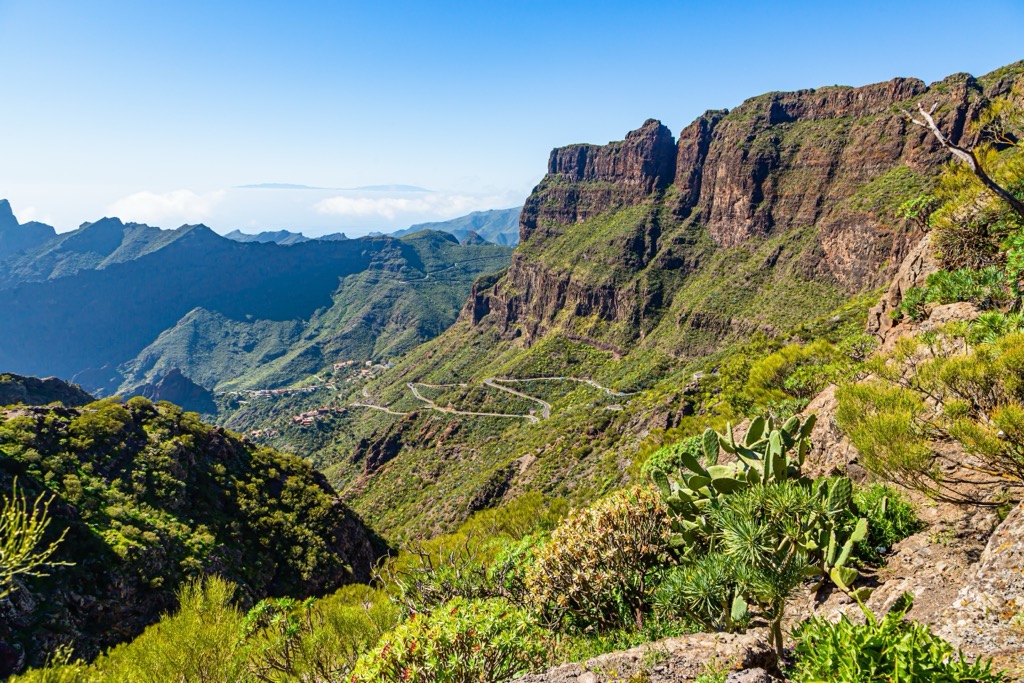
Of the eight Canary Islands, Tenerife is not only the largest but also has the greatest vertical relief and, therefore, is exceptionally rich in biodiversity compared to the rest of the archipelago. The island is home to about 1,500 species of plants, of which 10% are endemic to the island, meaning they are found nowhere else on Earth.
Depending on elevation and microclimate, the flora of Tenerife contains Mediterranean, Macronesian, and Alpine influences ranging from salt-friendly shrubs that grow close to the Atlantic Ocean to tiny alpine flowers that exist only at the highest points of Mount Teide.
Pine Forests
Known for their thick, fire-resistant bark and needles measuring up to 30 cm / 12 in, the Canary Island Pine Tree is endemic to the Canary Islands archipelago and thrives on volcanic soil. The pines reach heights up to 45 m /148 ft and form a green belt known as the Corona Forestal Natural Park, which encircles Mount Teide and Teide National Park.
This conservation area is crucial in protecting these trees, which help prevent erosion, collect water, and support the rest of the ecosystem. For visitors to the island, the pine forests, with relatively sparse understory, provide plenty of opportunity to recreate beneath their canopy, including hiking and biking, along with bird watching.
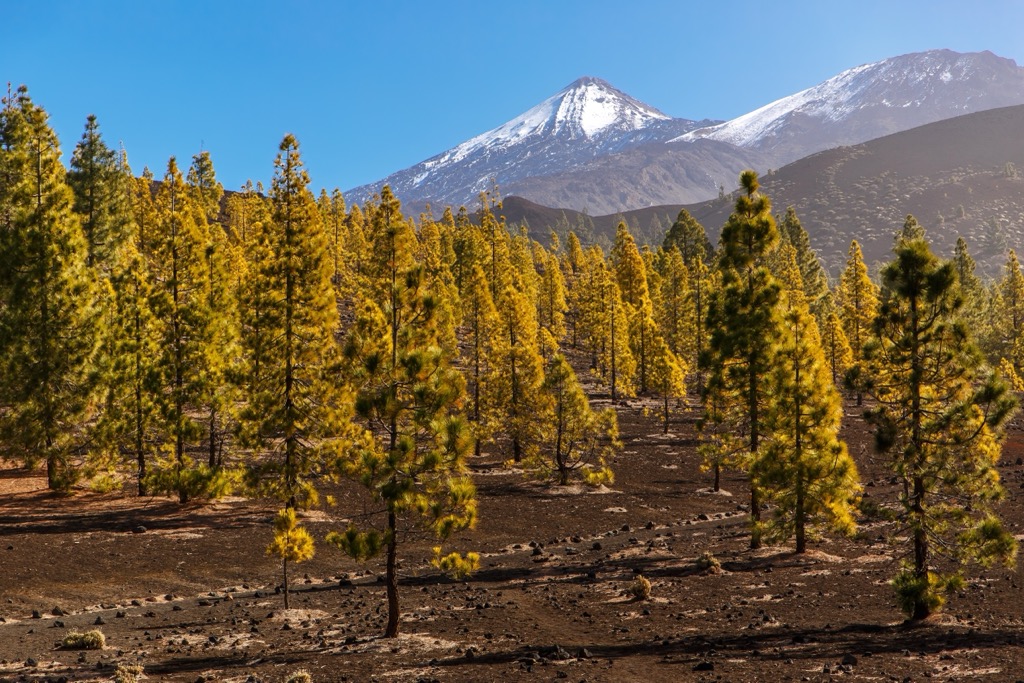
Laurel Forests
Found primarily in the Anaga and Teno natural areas, these mystical, ancient trees have thrived in the humid, cloud forest climate of Tenerife for millions of years. Today, laurel (laurisilva) forests are a protected species that grows at elevations between 500 m / 1,640 ft and 1,500 m /4,921 ft. Often misty, humid, and dank, the laurel forest floor is filled with ferns and mosses and provides an ideal habitat for diverse wildlife.
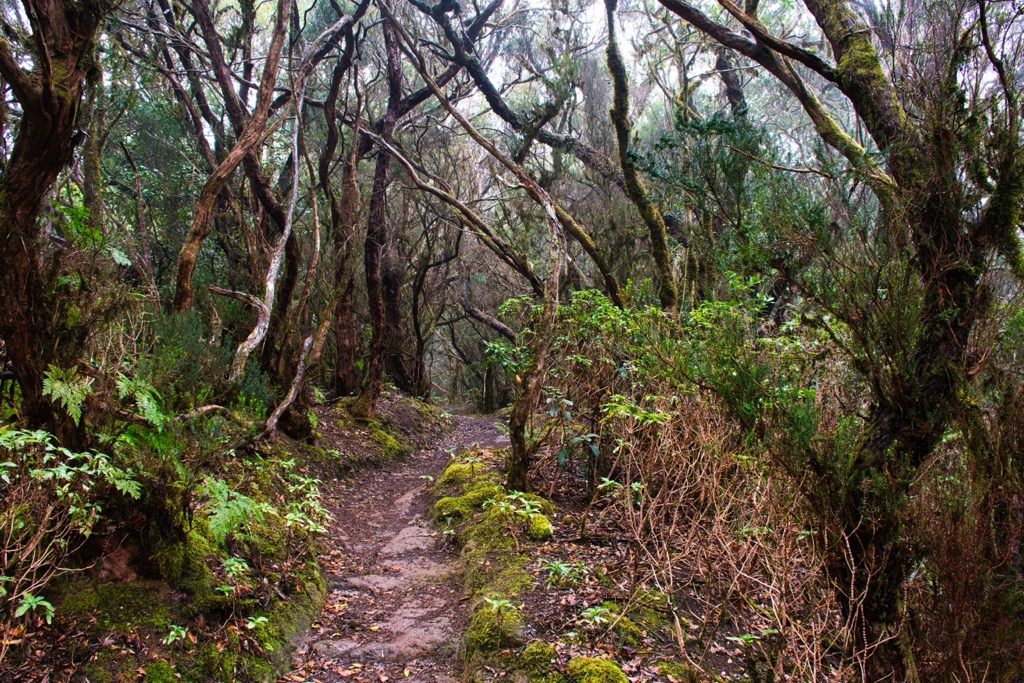
Some of the more fascinating plant varieties endemic to Tenerife include:
Teide Bugloss (Echium wildpretii). Reaching up to 3m / 9.8 ft high, this red flower is exclusive to the high-elevation region of Teide National Park. It can be identified by its towering red flower spikes.
Green Mountain Cabbage (Crambe arborea). Growing only in high mountain locations of Tenerife, this leafy shrub features large white flowers that have adapted to thrive in the island’s mineral-rich volcanic soil.
Teide Violet (Viola Cheiranthifolia). One of the highest-growing flowers in Spain, this tiny purple flower grows only in the relatively extreme conditions of the island above 2,500 m / 8,202 ft, where it thrives in the cold and unforgiving expanse of the Teide summit.
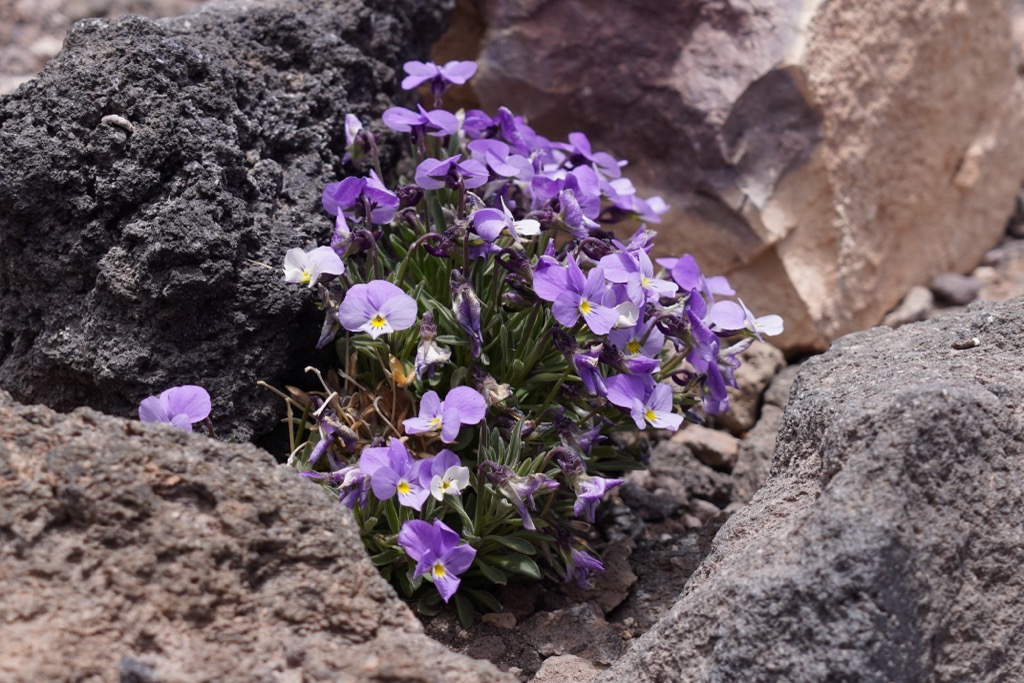
Teide Daisy (Argyranthemum Tenerifae). With its white or yellow flowers, this unique variety of daisy grows at various elevation ranges and thrives on volcanic soil that is so prevalent in Tenerife.
Canary Island Sage (Salvia canariensis). This sage plant lives in Teneife’s rocky terrain and is best known for its magnificent purple-hued blooms.
As is the case with most islands, due mainly to their isolation, the wildlife of Tenerife is most similar to its closest neighbors, northern Africa and southern Europe. However, of all the Canary Islands, Tenerife has a very high percentage of endemic animal species, owing to its proximity to Africa and the equator. Most of these animals live in the Anaga, Teno, and Las Canadas del Teide regions, where they have successfully adapted to the island’s harsh environment.
Thirteen different species of mammals live on the island, most of which are not native but brought to Tenerife by indigenous populations more than 2,500 years ago. These include sheep, goats, dogs, and pigs. Later on, other mammals were introduced to the island, such as rabbits, rats, shrews, and hedgehogs.
The only terrestrial mammal native to Tenerife is the Canary Big-Eared Bat, whose favored habitat includes caves and lava tubes.
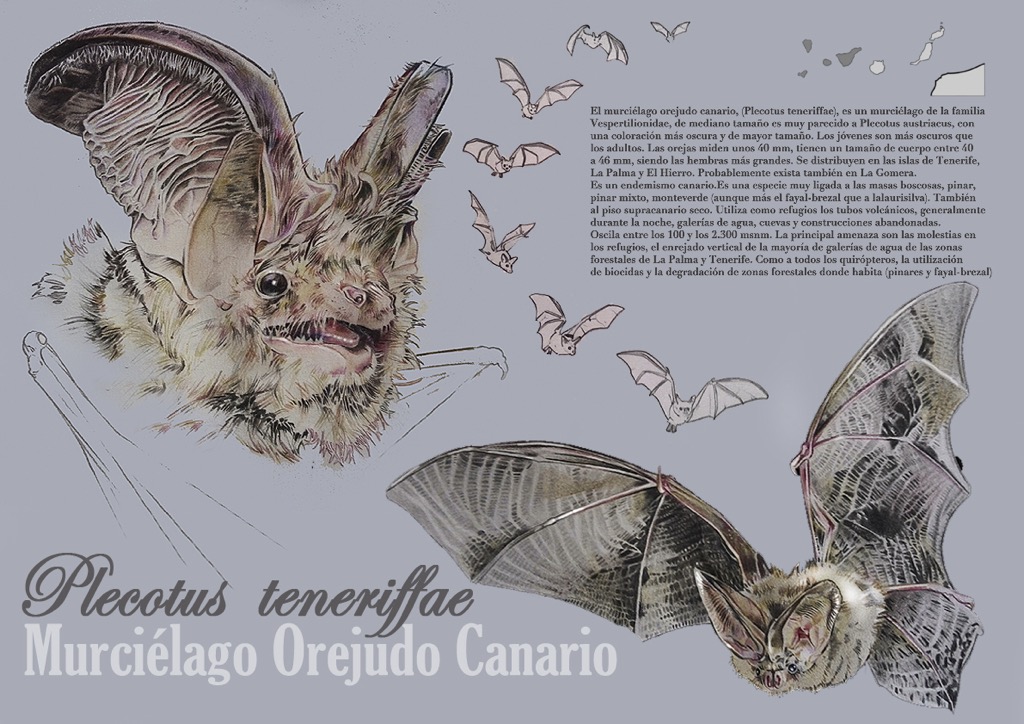
As implied by its name, this curiously cute bat has oversized ears that dwarf the rest of its body and are crucial for hunting and navigation. They enjoy dining on the vast number of insects found in Tenerife, with its most favorite meals being moths and beetles.
Contrary to the relatively few vertebrae living on the island, there are over 3,000 species of invertebrates on and around Tenerife. Forty percent of these are endemic to the island.
Endemics include many species of reptiles, which can be found everywhere, from the coasts to the highest summit. Worth noting is that all of these reptiles are harmless to humans, so fear not if you run into the Western Canary Skink, Boettger’s Wall Gecko, and the Tenerife Lizard on your travels.
Tenerife is home to over 200 species of birds, including herons and ducks, who like to drop in on their migratory routes for a spell, along with others who are permanent residents of the island, such as laurel pigeons, Bolle’s pigeons, blue chaffinches and osprey.
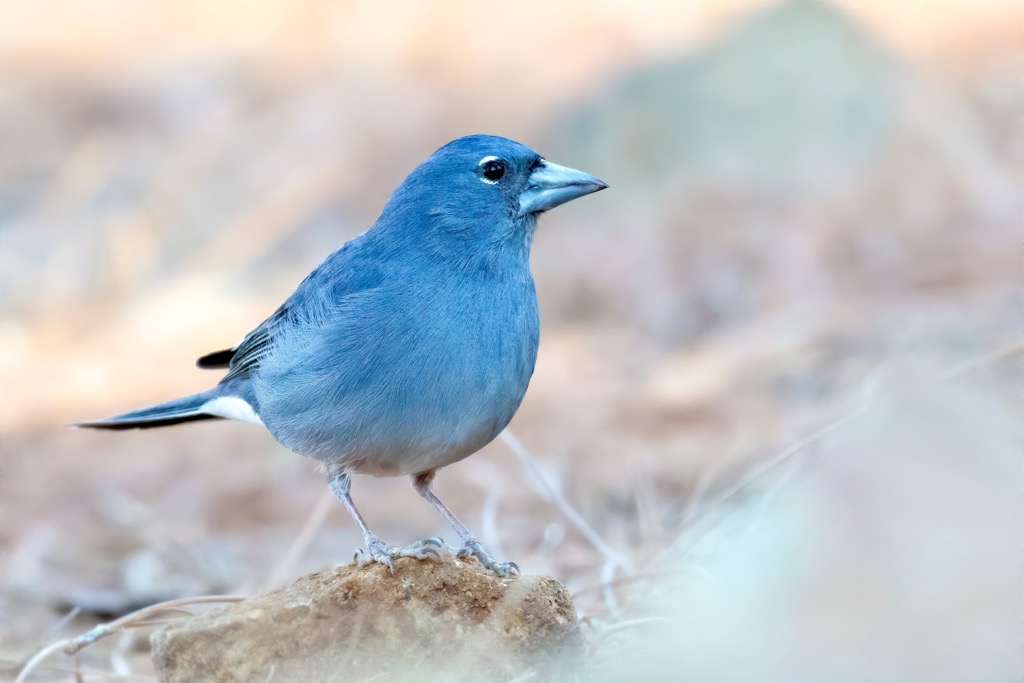
Beginning around 5200 BCE, by way of North Africa, the Guanches were the first human settlers on the island. They set up a tribal society and broke the island into nine different meceyatos, similar to a modern municipality.
In 1494, a Spanish conquistador named Alonso Fernandez de Lugo began a brutal campaign to annex the island from the rule of Guanches. After a hard-fought victory in which the Castillian troops took the lives of countless Guanches, Tenerife became the last of the Canary Islands to be conquered by the Spanish. For this reason, some historians consider Tenerife to be the site of Europe’s first colonial-era genocide.
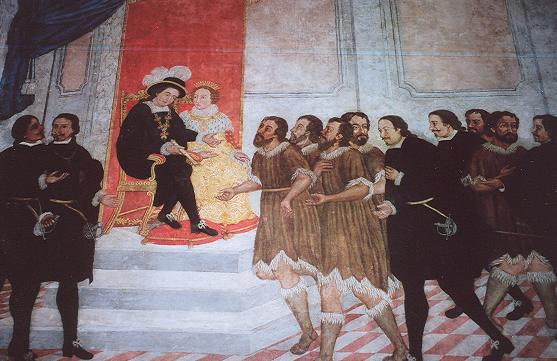
During the 1500s, the Spanish began growing sugarcane, the primary economic driver at the time. Important settlements were built between the 16th and 18th centuries, including San Cristobal de La Laguna and Santa Cruz de Tenerife, which is the capital city today.
Tourism became popular beginning in the early 20th century and today accounts for 80% of the island’s GDP, as millions of visitors are drawn to the island each year for its natural beauty, warm climate, and easy access from Southern Europe.
Teide National Park is the lone national park on the island but is one of the most stunning locations on Earth. It’s a UNESCO World Heritage site and the oldest and largest national park within the Canary Island archipelago. The park is about 45 minutes from downtown Santa Cruz de Tenerife.
For more information on thousands of additional hikes across Tenerife, check out the PeakVisor App. We’ve compiled information on all publicly maintained walking tracks across the country, formatted onto our 3D maps.
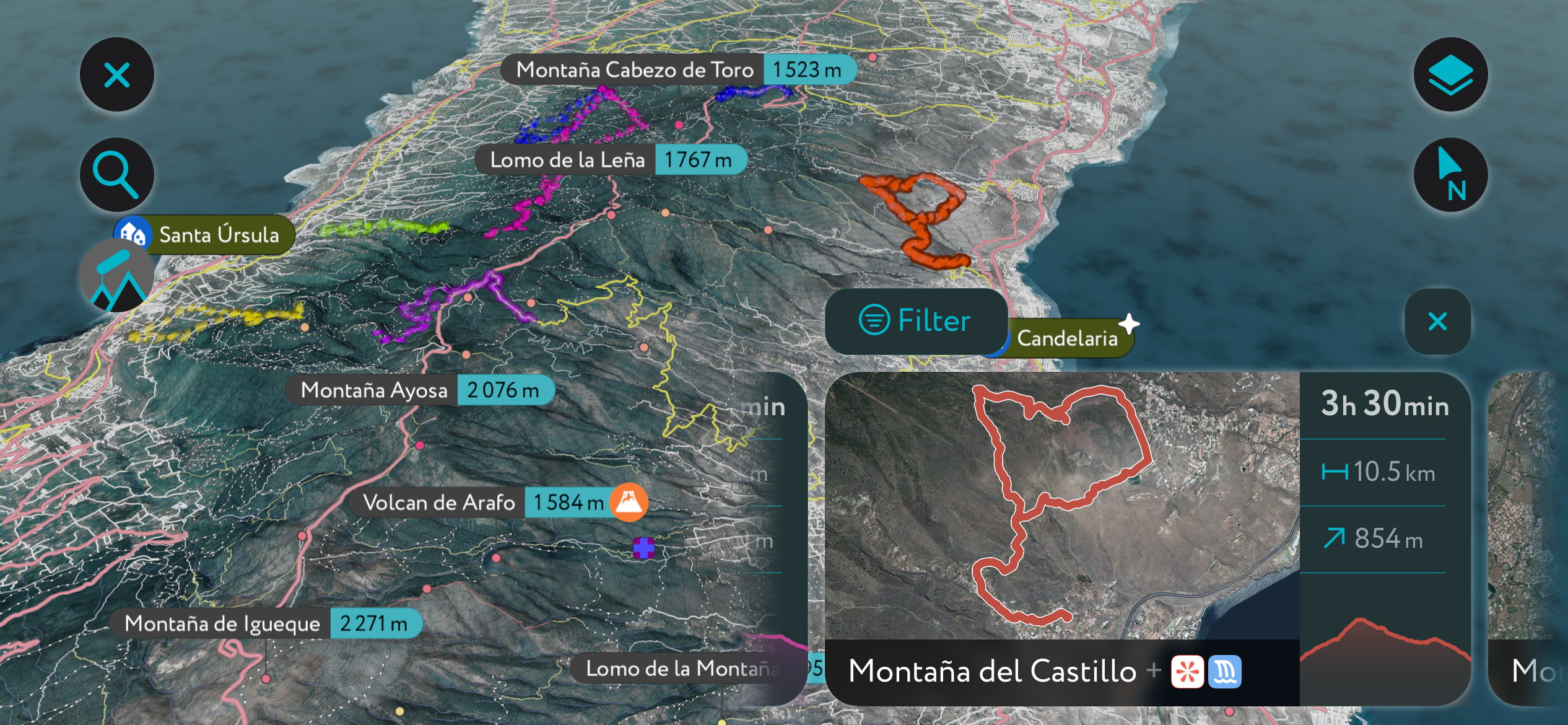
You can track your hikes directly on the app, upload pictures for other users, and keep a diary of all your outdoor adventures.
Most recently, the PeakVisor App has included up-to-date weather reports at any destination. Plus, we've been hard at work adding the details of hundreds of mountain huts and camping options.
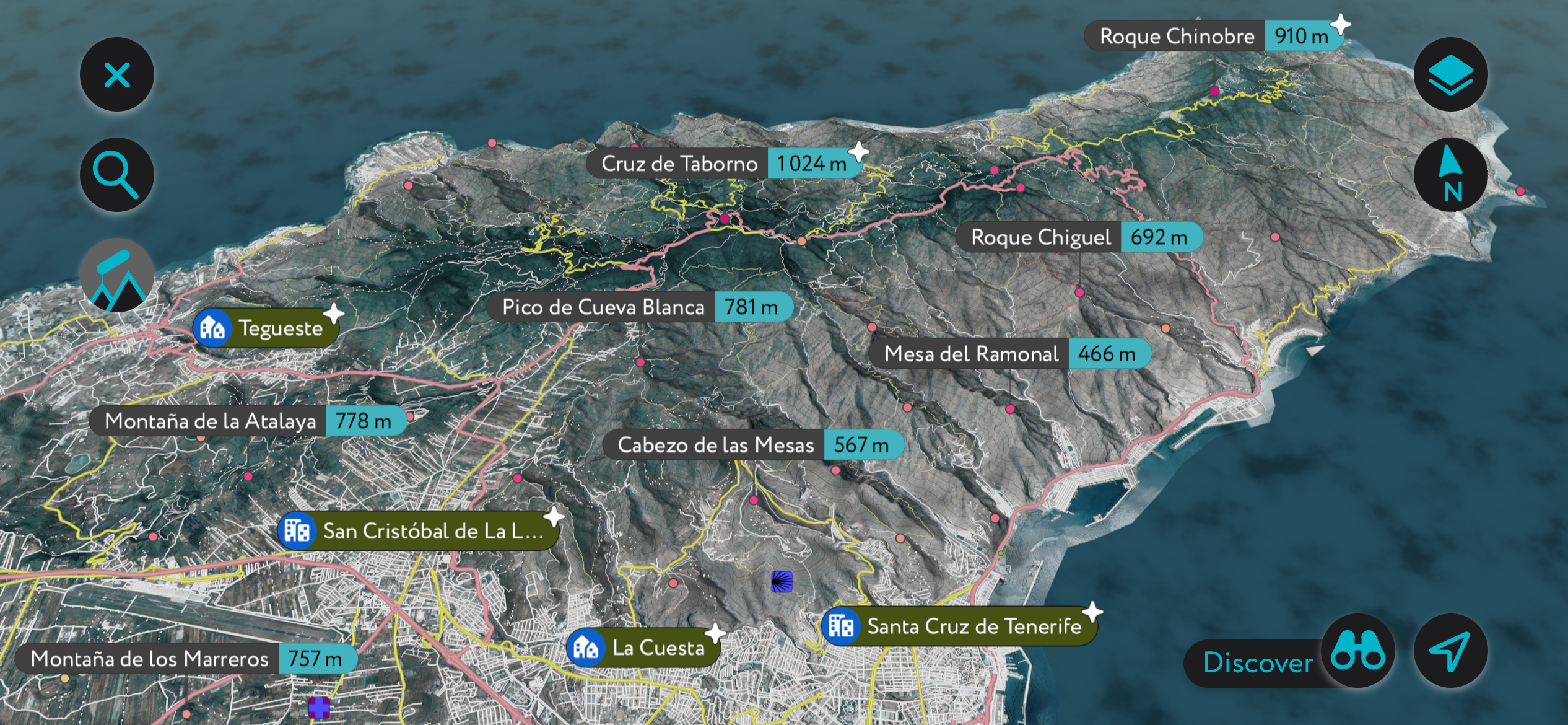
Located in the central part of Tenerife, the park surrounds Mount Teide and is world-renowned for its incredible volcanic formations, often compared to a moonscape or Martian landscape. You will also find exceptional stargazing due to dark skies and the Atlantic Ocean’s remoteness.
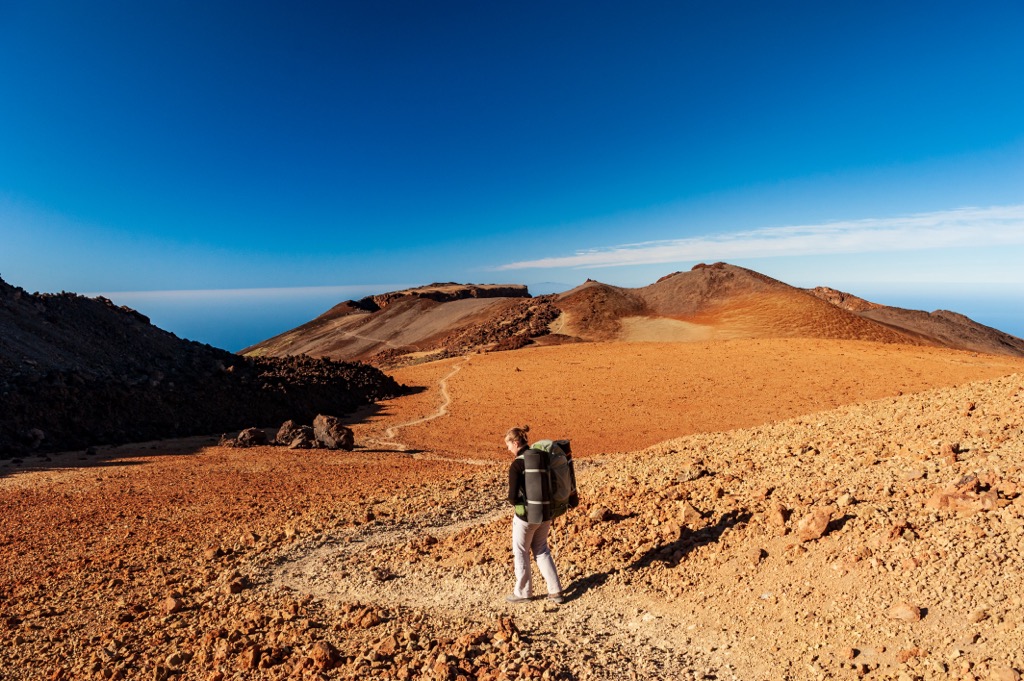
The Montaña Blanca is the main hiking route and the most popular way to experience Mount Teide. The challenging trail starts at 2,300 m / 7,545 ft, where adventurous hikers can climb to several scenic points within the park. Whether you prefer to spend the night at the Altavista Refuge before continuing your journey or opt to make the round trip in a day, hikers are bound to find plenty of side trips along the way, including Huevos del Teide, egg-like volcanic formations and rare white pumice rock.
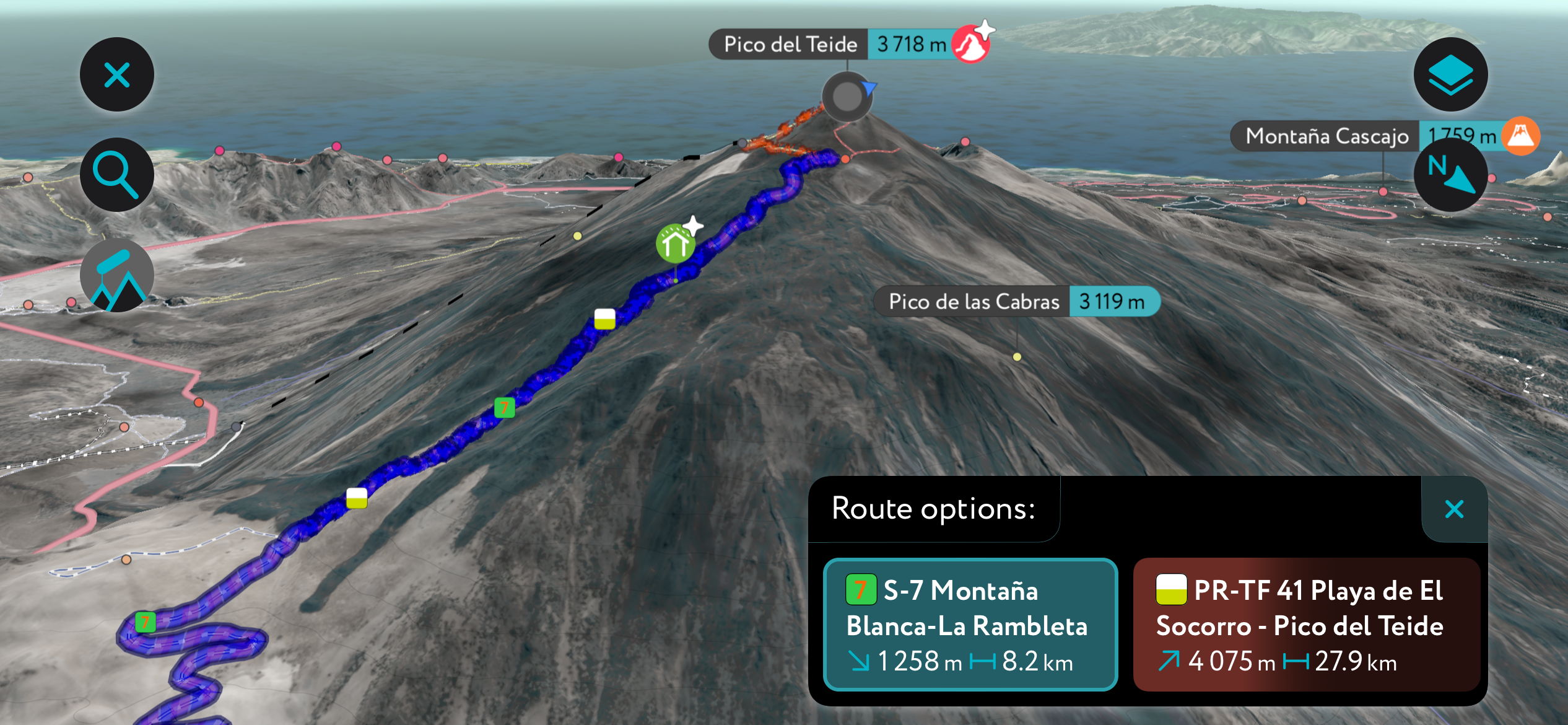
The Roques de García is a scenic loop trail perfect for novice to advanced hikers and everyone in between. The Pico Viejo is about 3.5 km / 2.1 mi round trip and can be completed by most groups in one to two hours. Highlights include the Roque Cinchado, also known as “the Finger of God,” a geologic feature that appears to be impossibly balanced and is consistently among the most photographed landmarks on the island.
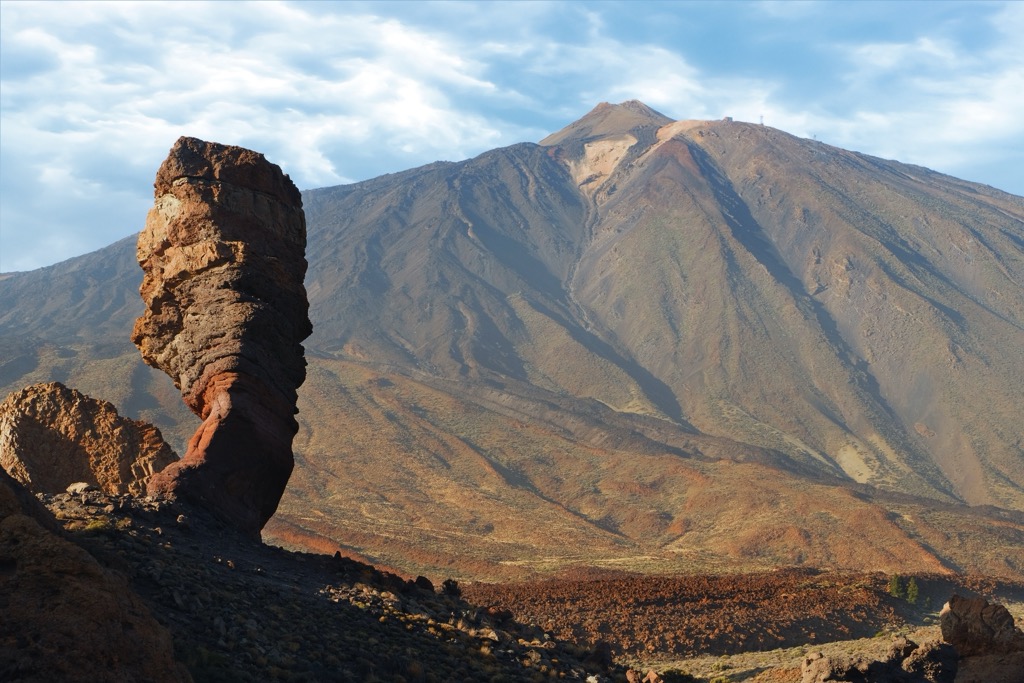
Hiking via the Teide Cable Car (Teleférico del Teide)
For those looking for a shortcut to the summit, the Teide Cable Car (Teleférico del Teide) brings passengers from the lower station at 2,356 m / 7,729 ft to 3,555 m /11,663 ft at the upper station. A one-way trip on the cable car takes just 8 minutes.
From the upper station, hikers can take a short, steep trek to the summit of Teide, where, on a clear day, one can see several other Canary Islands.
Keep in mind, a permit is required to travel from the cable car's upper station to the summit of the peak. However, if you forget and they are sold out on the day you visit, other trails depart from the upper station, including Pico Viejo and La Fortaleza, which you can hike without a permit.
If you visit during the busy tourist season, book your tickets in advance, as the cable car can fill up quickly.
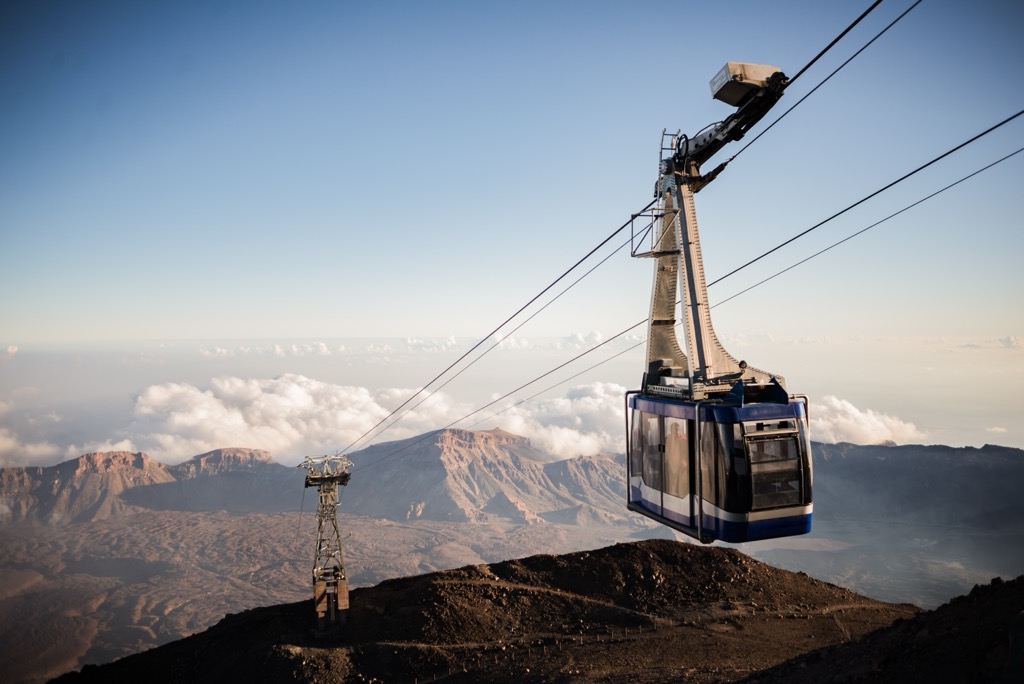
Santa Cruz is a city of about 200,00 located on the northeast of Tenerife. The city isn’t far from anywhere on the island, but it’s especially close to the Anaga Mountains. It’s also only 45 minutes from Teide National Park.
Within the city, there’s quite a bit going on. Notably, the Santa Cruz Carnival is one of the city’s most celebrated events and among the largest and most extravagant in the world, second only to Rio de Janeiro. Each year, thousands gather for weeks of colorful parades, elaborate costumes, music, and dance. It’s a UNESCO-recognized event that also incorporates Latin and African influences, in addition to Spain.
Santa Cruz is also a historic city, as it was an important stop on trade routes between Europe, Africa, and the Americas. The city’s architecture showcases this history with the Iglesia de la Concepción, a 17th-century church with its iconic bell tower, and the Palacio de Carta, a grand 18th-century palace.
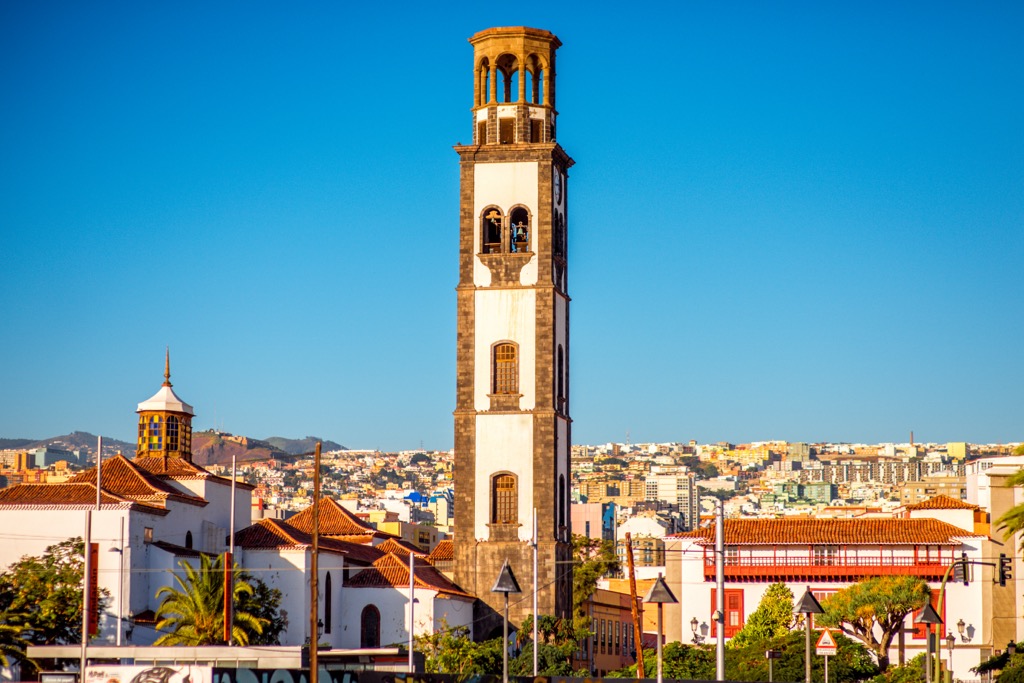
Explore Santa Cruz de Tenerife with the PeakVisor 3D Map and identify its summits.








